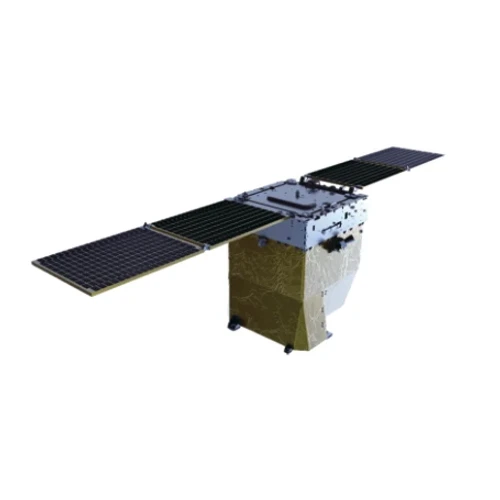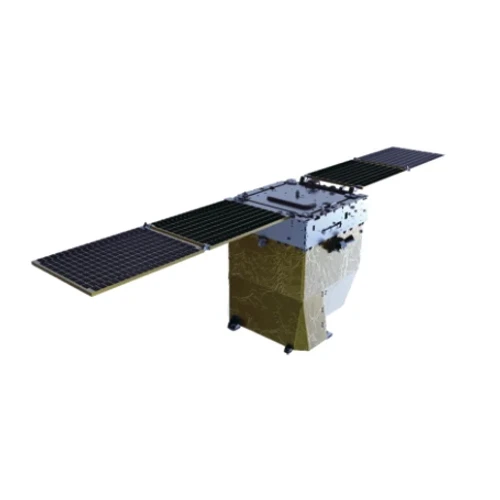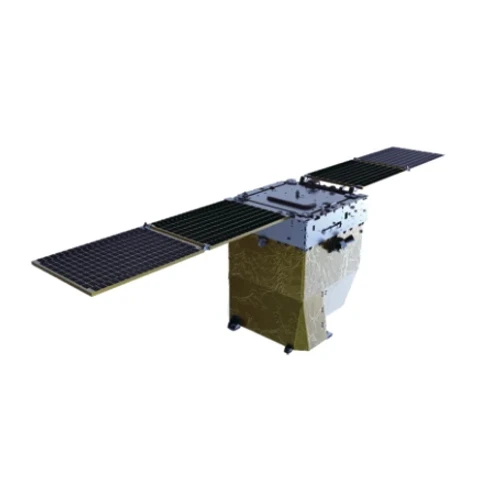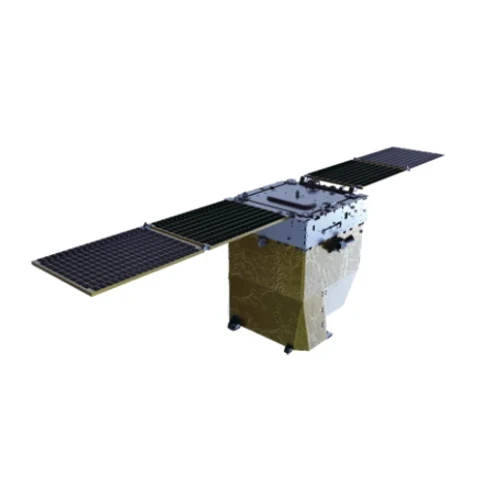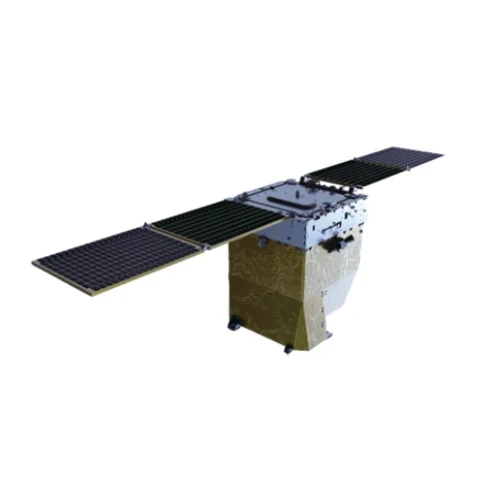
- Afrikaans
- Albanian
- Amharic
- Arabic
- Armenian
- Azerbaijani
- Basque
- Belarusian
- Bengali
- Bosnian
- Bulgarian
- Catalan
- Cebuano
- China
- Corsican
- Croatian
- Czech
- Danish
- Dutch
- English
- Esperanto
- Estonian
- Finnish
- French
- Frisian
- Galician
- Georgian
- German
- Greek
- Gujarati
- Haitian Creole
- hausa
- hawaiian
- Hebrew
- Hindi
- Miao
- Hungarian
- Icelandic
- igbo
- Indonesian
- irish
- Italian
- Japanese
- Javanese
- Kannada
- kazakh
- Khmer
- Rwandese
- Korean
- Kurdish
- Kyrgyz
- Lao
- Latin
- Latvian
- Lithuanian
- Luxembourgish
- Macedonian
- Malgashi
- Malay
- Malayalam
- Maltese
- Maori
- Marathi
- Mongolian
- Myanmar
- Nepali
- Norwegian
- Norwegian
- Occitan
- Pashto
- Persian
- Polish
- Portuguese
- Punjabi
- Romanian
- Russian
- Samoan
- Scottish Gaelic
- Serbian
- Sesotho
- Shona
- Sindhi
- Sinhala
- Slovak
- Slovenian
- Somali
- Spanish
- Sundanese
- Swahili
- Swedish
- Tagalog
- Tajik
- Tamil
- Tatar
- Telugu
- Thai
- Turkish
- Turkmen
- Ukrainian
- Urdu
- Uighur
- Uzbek
- Vietnamese
- Welsh
- Bantu
- Yiddish
- Yoruba
- Zulu
Transmission Antenna: Innovations in Microstrip Patch Antenna Design for Enhanced Wireless Performance
The demand for compact, efficient, and reliable transmission antennas continues to rise with the expansion of wireless communication technologies. Among the numerous antenna designs, the microstrip antenna and its variations stand out for their versatility and suitability for integration into modern electronic devices. Whether deployed as a tv transmission antenna or a radio transmission antenna, these microstrip-based antennas provide the necessary performance for clear and consistent signal transmission. Key innovations such as the broadband microstrip antenna and the aperture coupled microstrip antenna further improve bandwidth and radiation characteristics, essential for evolving communication standards.
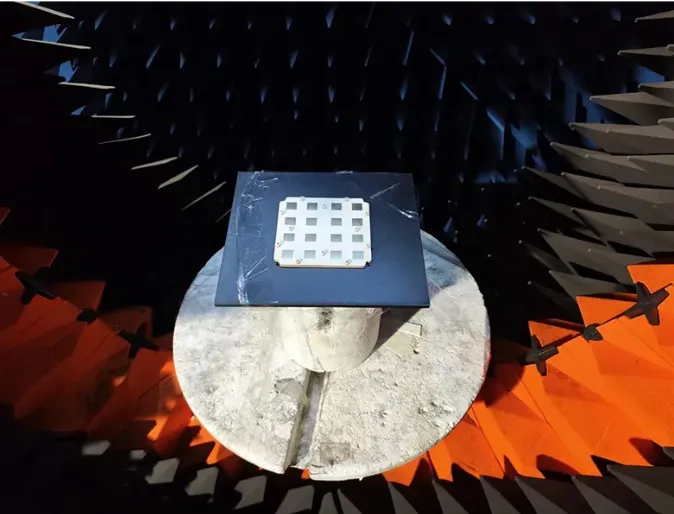
Design Considerations for Microstrip Antennas in Transmission Applications
When designing a transmission antenna, factors like size, bandwidth, gain, and polarization must be carefully balanced. The microstrip patch antenna excels in applications where space constraints and ease of manufacturing are critical. Its planar structure allows easy integration into circuit boards, making it ideal for consumer electronics and embedded systems. For instance, a 2.4 GHz microstrip antenna is often tailored to operate within the globally accepted ISM band, facilitating seamless wireless communication for devices such as Wi-Fi access points and Bluetooth peripherals.
Advantages of Broadband Microstrip Patch Antennas
One of the challenges in antenna design is achieving wide bandwidth without sacrificing gain or efficiency. The broadband microstrip patch antenna addresses this by using innovative feeding methods and substrate materials to broaden the frequency range. This makes it well-suited for multi-band and ultra-wideband applications where maintaining consistent performance over a large spectrum is essential. The enhanced bandwidth capability of broadband microstrip antennas improves the quality and reliability of signals transmitted by tv transmission antennas and radio transmission antennas, ensuring minimal interference and signal loss.
Aperture Coupled Microstrip Antennas: Improved Isolation and Performance
The aperture coupled microstrip antenna design features a unique feeding mechanism that separates the feed line from the radiating patch through a slot or aperture in the ground plane. This configuration enhances the antenna’s isolation from the feed network, reducing unwanted coupling and improving impedance matching. As a result, aperture coupled antennas demonstrate better radiation efficiency and increased bandwidth compared to conventional microstrip antennas. These characteristics make them ideal for demanding wireless communication systems requiring stable and high-quality transmission antenna performance.
This article emphasizes the importance of transmission antenna, tv transmission antenna, radio transmission antenna, and advanced microstrip antenna designs such as 2.4 GHz microstrip patch antenna, broadband microstrip antenna, and aperture coupled microstrip antenna. These technologies are fundamental to the ongoing development of efficient and reliable wireless communication infrastructure worldwide.






